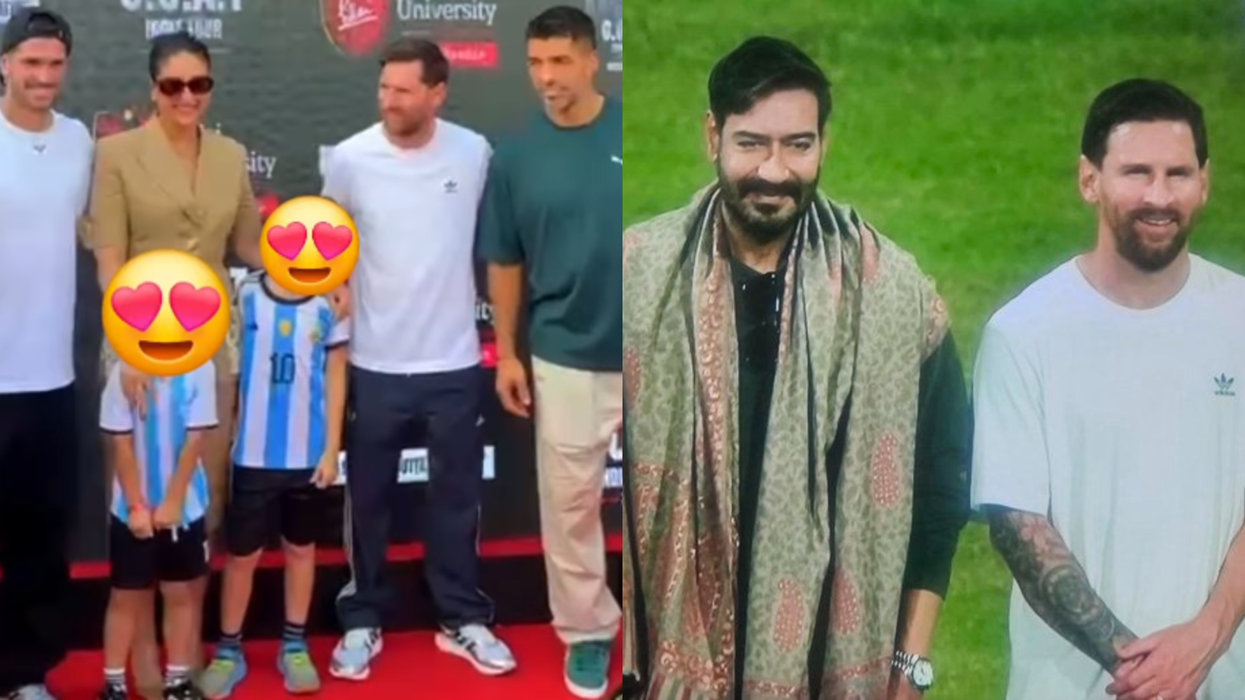NORWEGIAN GRAMMY NOMINATED VIOLINIST DISCUSSES HER LATEST CLASSICAL ALBUM
EARLY indications are that the newly released Parvat will be one of the most unique albums of the year.
Virtuoso violinist Harpreet Bansal has created an epic three-piece movement that cleverly combines an array of world music influences, including classical Indian, jazz, and contemporary beats. It is no surprise the Norwegian Grammy nominated artist is being compared to Anoushka Shankar and someone you will likely be hearing a lot more about.
Eastern Eye caught up with the rapidly rising Norway-based maestro to discuss her stunning album and close connection to music.
What connected you to music?
My father. He was my first Guru. Since I was two years old, he taught me the ragas. He would sing, and I would repeat what he did.
What drew you to the violin?
We always listened to music at home. I was three years old when I heard a cassette with Dr L Subramaniam. I asked, ‘who’s playing?’, and my father answered, ‘it’s an uncle in India who plays the violin’. I replied, ‘that’s lovely’. Since then, I wanted to play the violin, but didn’t get one before I was eight. Dr L Subramaniam later became one of my most inspiring teachers, and I have visited his home in Bangalore several times.
Tell us about your new album Parvat?
It is a collaboration between me and the Norwegian Radio Orchestra. I was commissioned to compose a 45–50-minute piece of music and wanted to integrate my personal kind of raga into an orchestral sound. I had some great people to work with; Vojtech Prochazka and Sanskriti Shrestha played harmonium and tablas, Jan Martin Smørdal and Jon Øivind Ness helped with orchestral arrangements and Hannu Koivula conducted the premiere. I am so happy that LAWO Classics and Vegard Landaas were on board all the way. I really like how it turned out!
How does this compare to other work you have done?
It is much bigger in scope. I have done some long pieces before, but the amount of people involved, and the complexity of the work process, is not something I have tried before. It’s more ‘contemporary classical’ in sound than my other work, and the structural elements are more fixed.
Where did you draw your inspirations from for the compositions?
When I make music, I enter a very focused state, close to meditation. Usually, there isn’t any outside inspiration in a direct sense, but the places I go and people I make music with can inspire the composing, and ‘state of being’. On my previous album fx, there is a track called Lajpat Nagar, a district in New Delhi. I already had the tune, but when I went to Lajpat Nagar, I understood it was a good fit. The tune chooses the title, so to speak.
What inspired the album’s title Parvat?
It is a bit like when you have a child and have to meet it before you can decide upon a name. But it is also named after the process. A mountain is a big thing, and so was Parvat in terms of how much work was being put into it. Of course, a mountain is also a philosophical thing, and from the top you have an overview and a perspective.
Who are you hoping connects with the compositions in the album?
Anyone who likes music, really. I sometimes call my music second-generation raga, so maybe people of mixed heritage can find something that speaks to them.
Did you learn anything new from creating this album?
Yes, lots. To be in the centre of such a large machinery was inspiring and I really want to do something similar again as soon as possible.
How much are you looking forward to performing at the forthcoming Norwegian Grammy Awards again?
I performed with my band at the Grammys in 2019 and remember it as a great night. It was fantastic to share our music with a large TV audience, and the party afterwards was good too.
What can we expect next from you?
I can’t really say too much now, but I’m getting more into music for film and theatre, and hope to explore those areas more in the years to come.
Who would you love to collaborate with in future?
Shakti. I am a big fan!
What kind of music dominates your own playlist?
A lot of cross-genre stuff; experimental jazz, folk music fusion, Indian classical music, Bach, David Bowie, konnakol and much more.
What does music mean to you?
Music is the perfect antidote to silence. I love both. It is also the perfect partner to silence. Music creates mutual experiences, and when you play together, you can enter a state where nothing else exists.
Why should we pick up your new album?
I have been totally honest and presented my take on the raga in the best way I can. I think it works, and the orchestra makes it sound gorgeous.
See www.bansalmusic.com
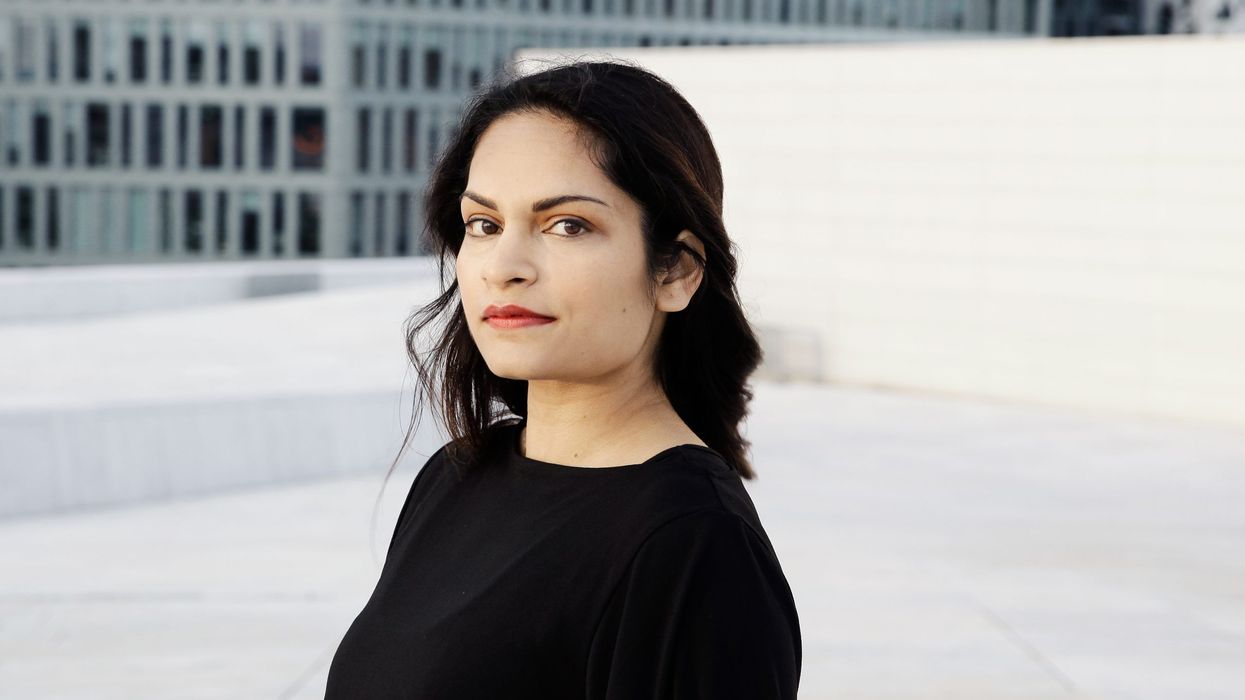
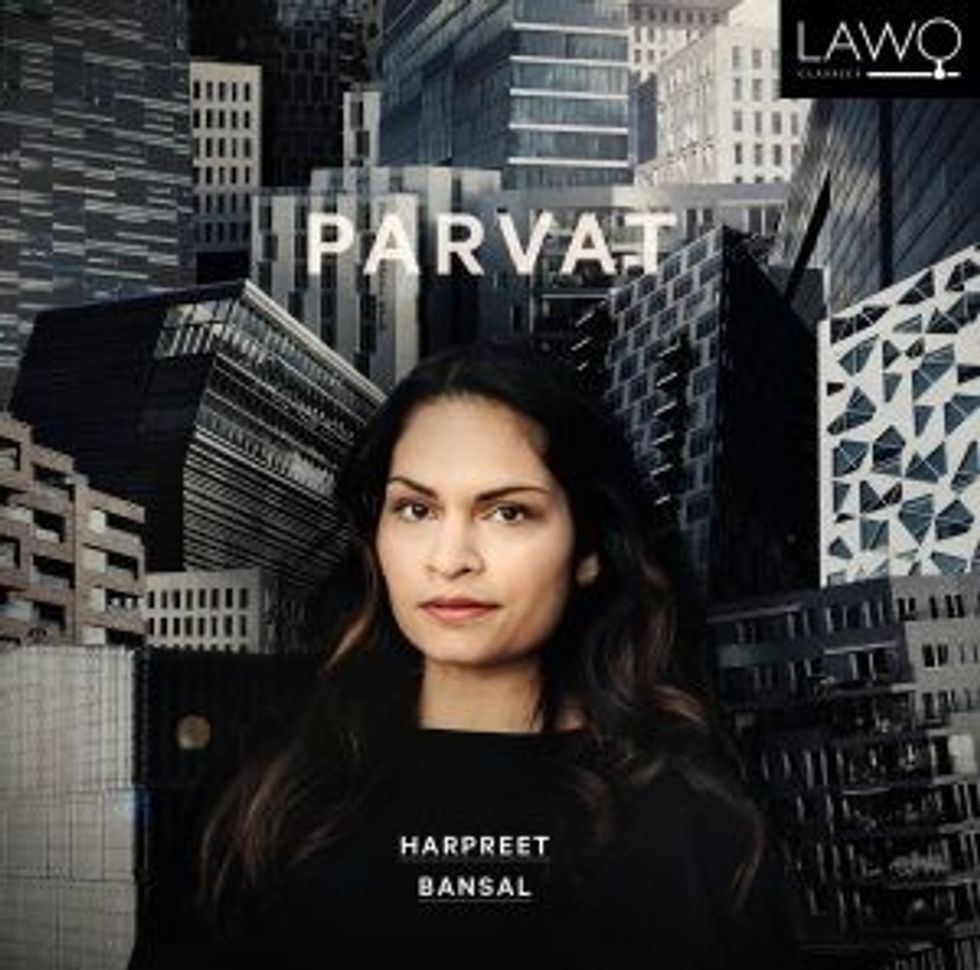
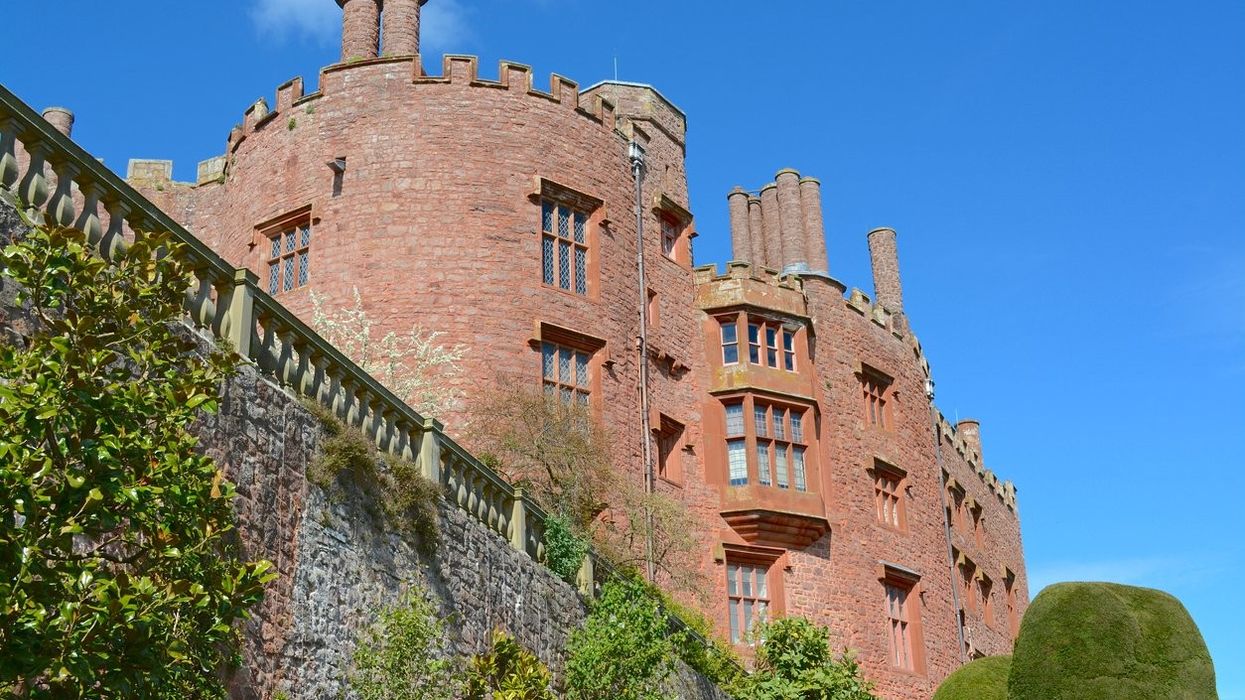
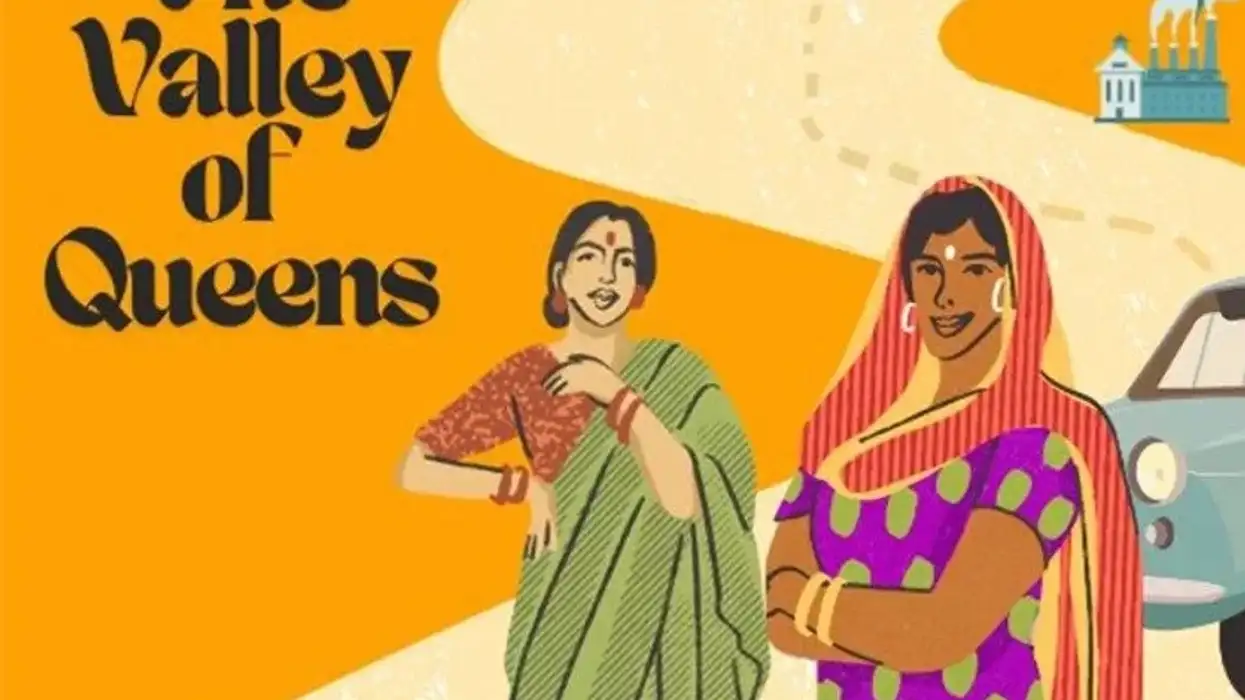
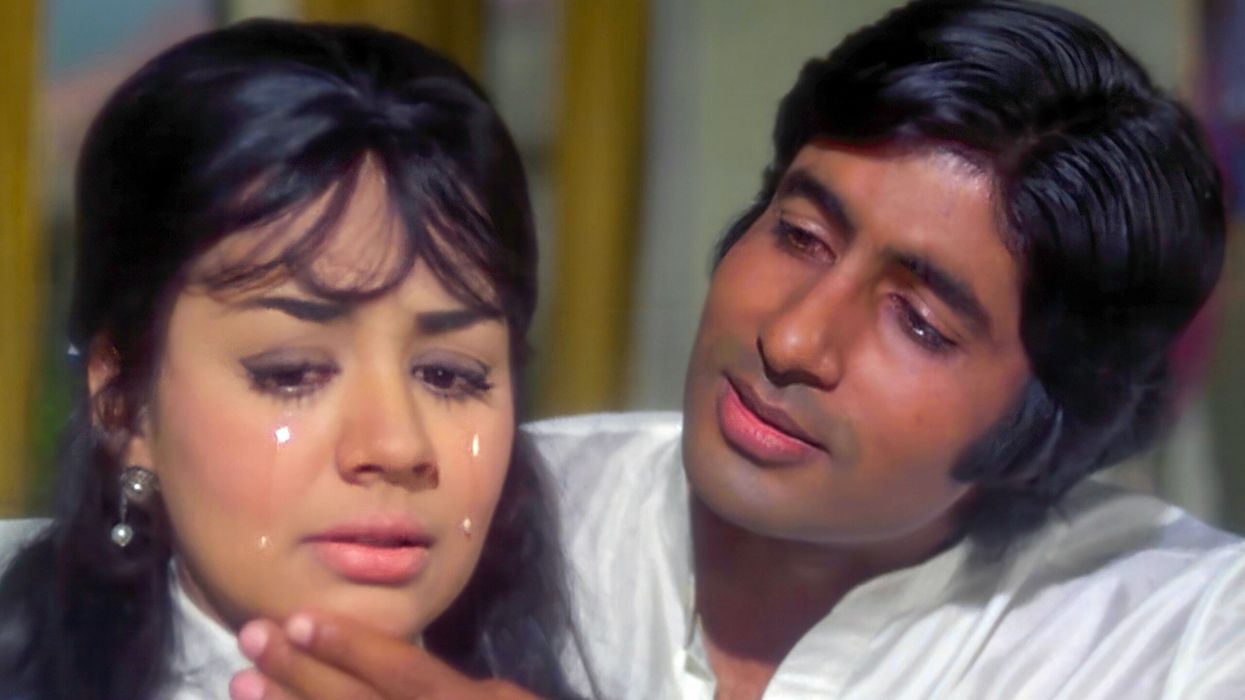
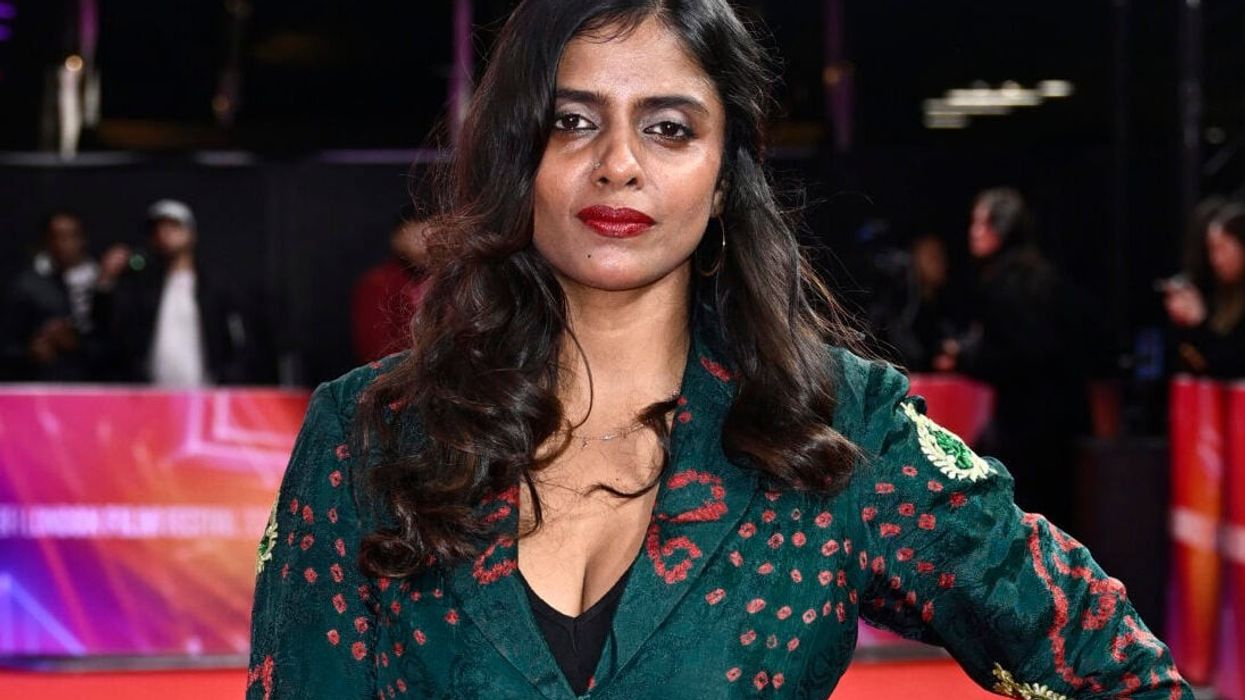

 Jonathan Mayer on the sitar and beyond Instagram/the_sitarist/ @sat_sim
Jonathan Mayer on the sitar and beyond Instagram/the_sitarist/ @sat_sim 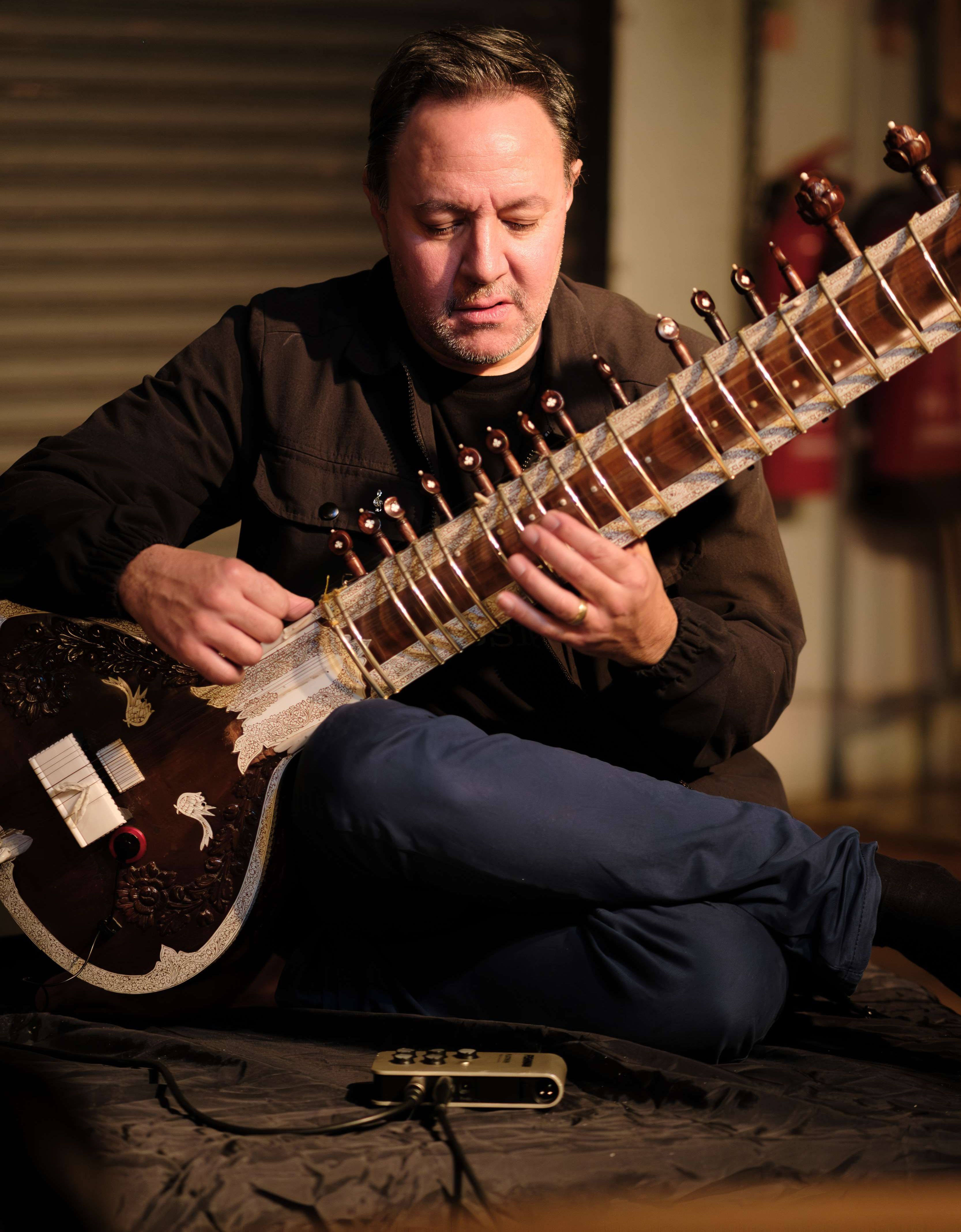 Redefining Indian classical music with Jonathan Mayer Akil Wilson
Redefining Indian classical music with Jonathan Mayer Akil Wilson Jonathan Mayer on music without boundaries Instagram/the_sitarist/
Jonathan Mayer on music without boundaries Instagram/the_sitarist/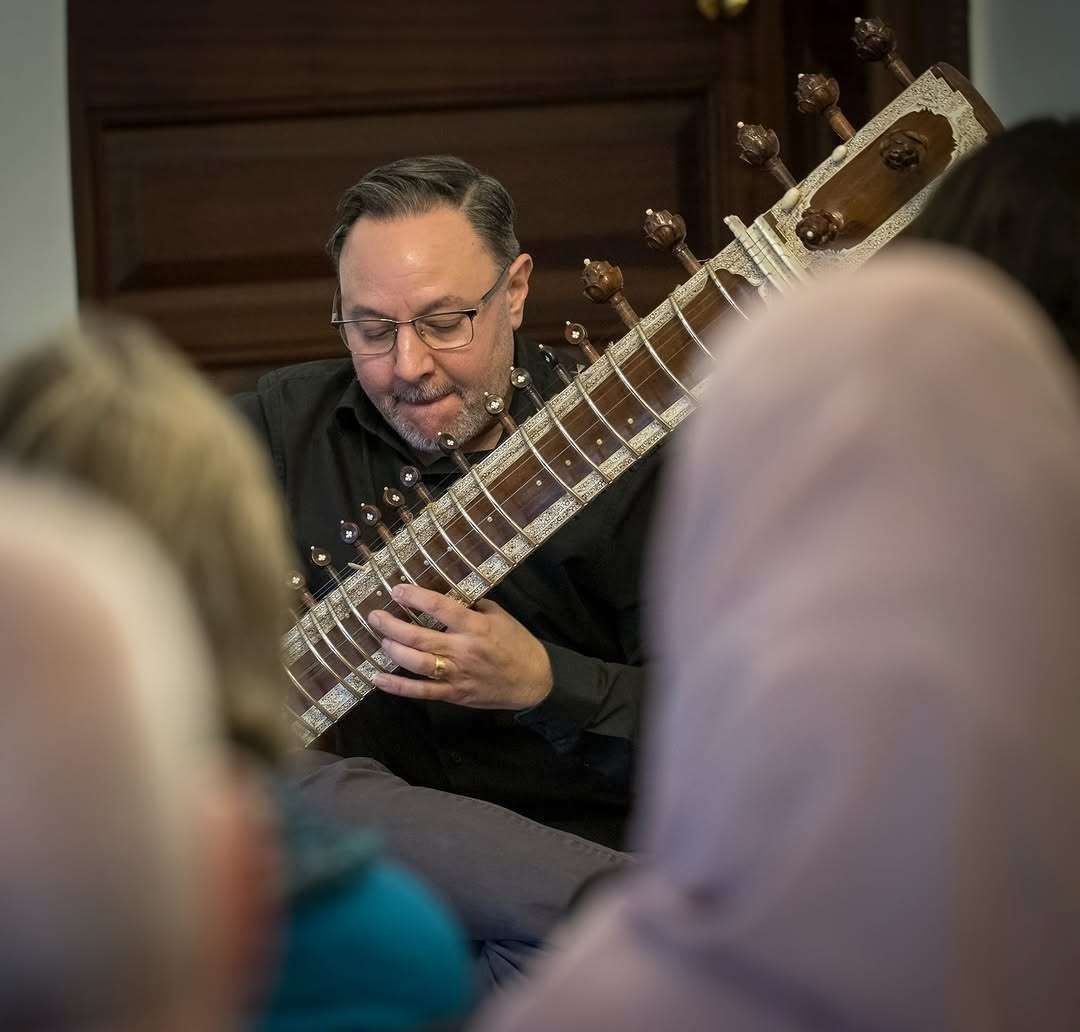 Jonathan Mayer on teaching and performing Indian music Instagram/
Jonathan Mayer on teaching and performing Indian music Instagram/






